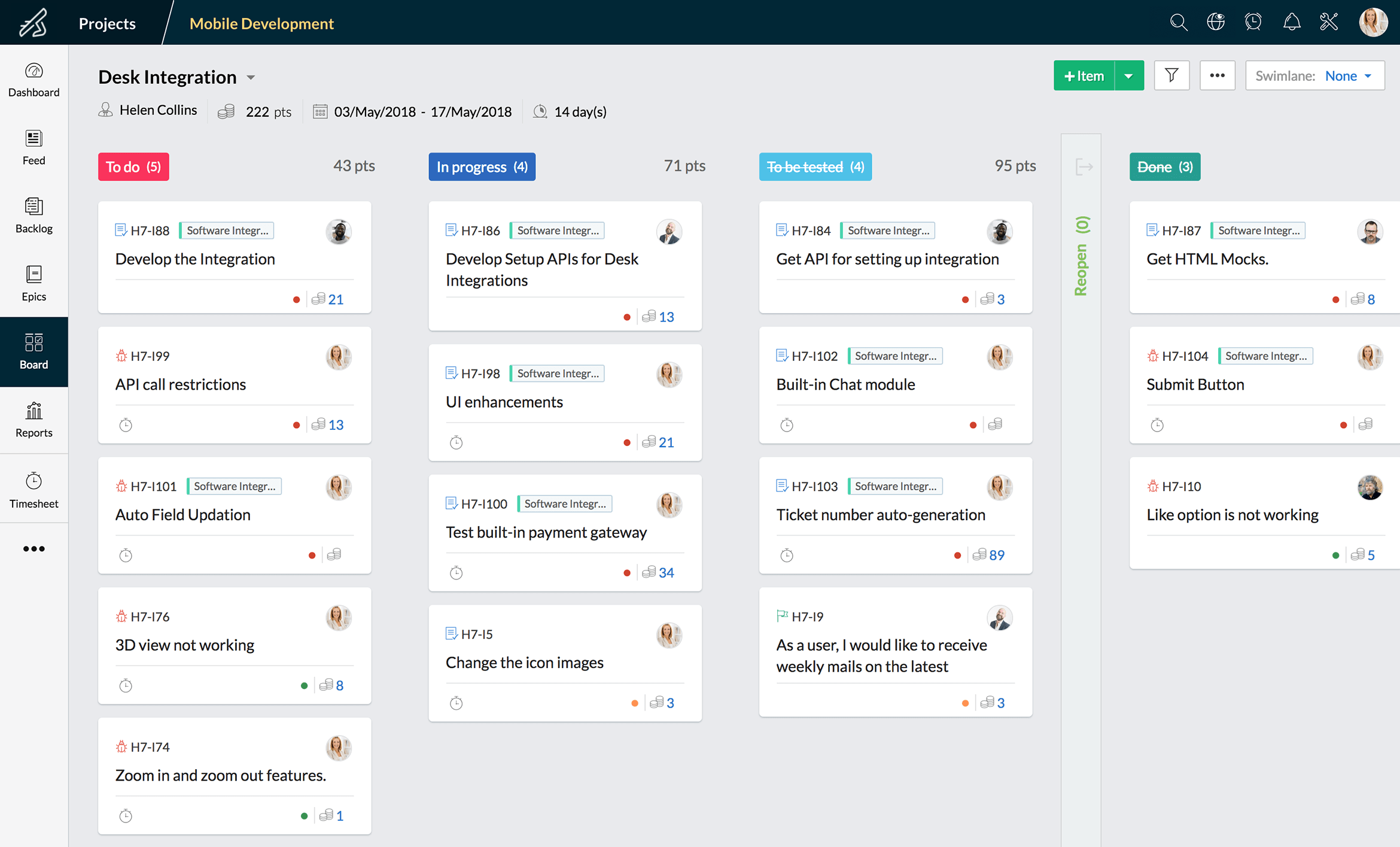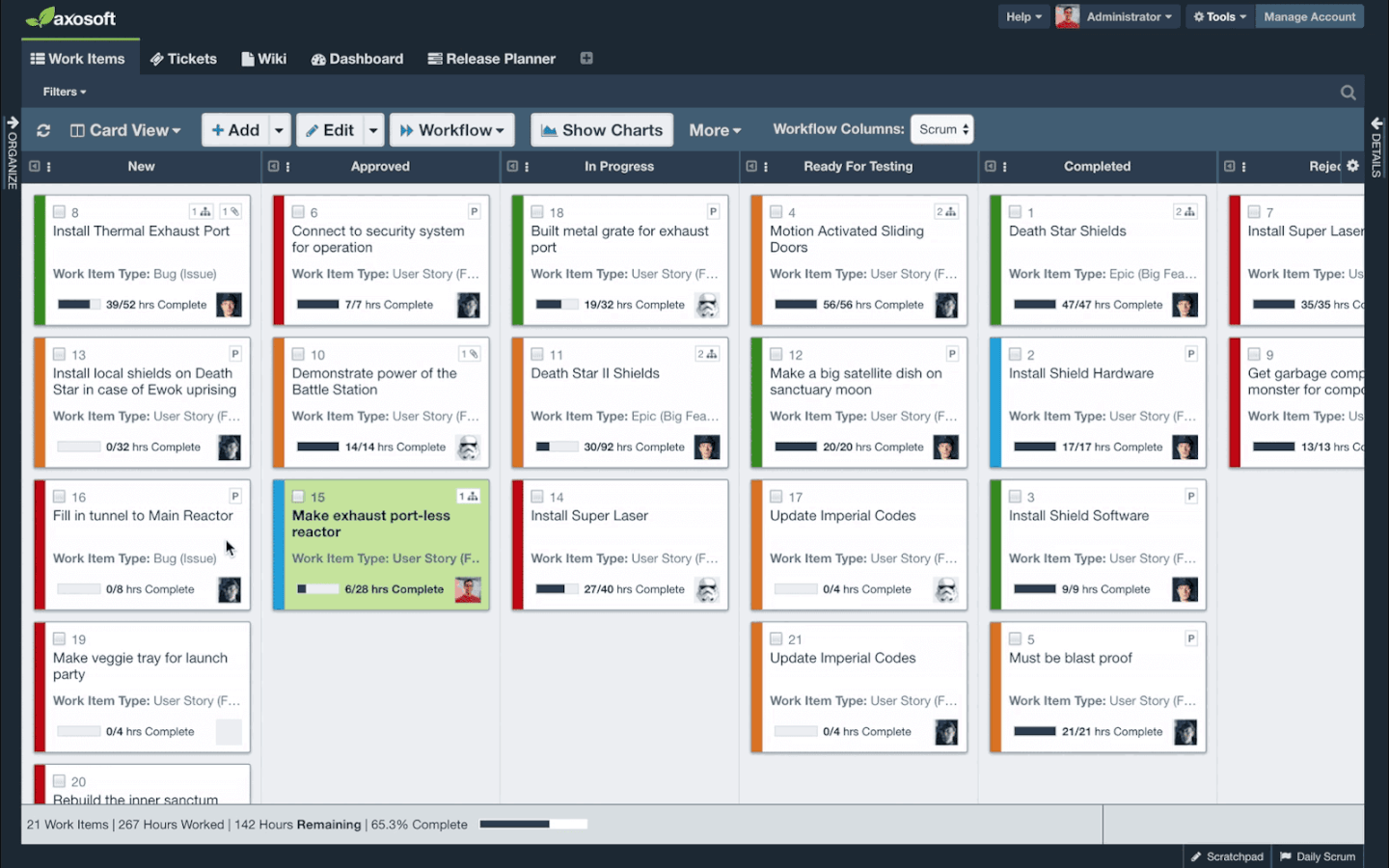

This creates a trendline that can be used to very easily and visually see if you're going to deliver all the value by the release date. Every sprint you subtract the story points delivered, from the projected release. Then we stop guessing and we start using velocity reports. For sake of this example we'll call that 500 points. This is then used to guess how much work can be done in the total release. Engineering then makes a guess (we call it estimating, it's nothing more than a guess though) on how much work they can get done in the first sprint.

So you have a release date, let's say six months from now. Now since Scope driven is very uncommon and even when it happens, almost always becomes schedule, we'll stick with schedule driven for this answer. It's an essential part of communication to management and allows you to answer the age old question "So, when will you be done?"įirst answer back is a question- Scope Driven or Schedule Driven. Something a lot of the online agile do poorly is the Burn Down Chart.


There won't be a 1:1 mapping between the metrics for monitoring a plan-driven project and an agile project, but it's likely that one or more measurements or metrics can be provided to address an information need. The person responsible for the process (in Scrum, the Scrum Master in Disciplined Agile Delivery, the Team Lead) should be working with external stakeholders to educate them on the process and to ensure they are getting the information that they need. It would also require estimating the entire product backlog, instead of just the most important backlog items, which may not be accurate until the items are well understood and defined. The product backlog may change at any point in time, and adding or removing items would change your reporting. There is a problem with using the product backlog to provide information, however. If they want to know how much work has been done to-date, that can be presented in terms of completed tasks from the backlog or a ratio of completed tasks to items still in the backlog. Achieving a stable velocity usually takes several iterations, but if you can estimate (at least roughly) the size of items in the backlog, then you can determine how many iterations (approximately) it will take to complete all of the items. If they are asking for an estimated duration before the backlog is finished, you can estimate that if you have a stable velocity. You need to determine what management is looking for when they ask for a percent complete. In theory, the project can be terminated after any iteration that delivers a product that satisfies the needs of the stakeholders and proceeding into another iteration would deliver less value than the iteration is worth. As soon as a task is done, you earn credit for it on the given iteration.įor projects, the purpose of iterations is to make progress visible to stakeholders. The most granular I would get is "not started", "started" or "in progress", and "done". The timestamp is only as accurate as the clock in the camera, and it may be completely wrong.The idea of percentage complete doesn't usually exist on an Agile project.įor tasks, the work is usually viewed as "done" or "not done". If the file has been modified from its original state, some details such as the timestamp may not fully reflect those of the original file.
#Scrum agile taskboard software
This file contains additional information such as Exif metadata which may have been added by the digital camera, scanner, or software program used to create or digitize it.


 0 kommentar(er)
0 kommentar(er)
